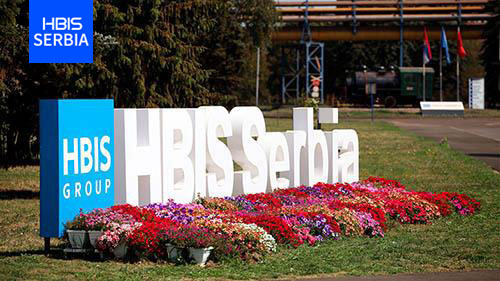








July 4, 2024
In the past six months, HBIS Serbia has developed a monitoring plan and submitted a request for a permit to release greenhouse gases to the Ministry of Environmental Protection, in accordance with the Climate Change Act that came into force in 2021.

The team initially involved with the CBAM directive continued to monitor national legislation and, immediately after the adoption of by-laws regulating the monitoring plan for greenhouse gas (GHG) emissions, began implementation. A monitoring plan was created, encompassing numerous procedures, work, and technological instructions confirming each item of the plan. The calculation methodology is largely based on a mass balance, where the amount of carbon dioxide (CO2) emitted is calculated based on the amount of carbon entering and leaving the factory, while a measurement-based methodology is applied at the Power plant. The factory has identified 20 source flows, 36 measuring instruments that record data, and 7 laboratory methods are used.
For example, for the boilers of the Power plant, the measurement methodology will be applied since a continuous measuring device that continuously measures the amount of CO2 is installed at that location. So far, the team has developed a monitoring, calculation, and reporting plan in accordance with our laws, and two reports have been completed and submitted to customers in the EU according to the directive. One of our future tasks is to define goals and strategies, create an energy efficiency plan, and develop projects to reduce CO2 emissions. Thanks to the completed capital projects, blast furnace gas is no longer burned, which has contributed to better efficiency and reduced carbon dioxide emissions into the air. Proactive action is significant in this business; we must always be one step ahead when it comes to our energy efficiency, and the other way is through the development of new technologies,” said Ljubica Drake, General Manager of the Environmental Protection Sector.
HBIS is the only company that developed this plan independently, without engaging external consulting firms, which is very rare given the size of the industry. The monitoring plan has been submitted to the relevant ministry, which will review it, and a permit should be issued within 9 months from the submission of the complete request.